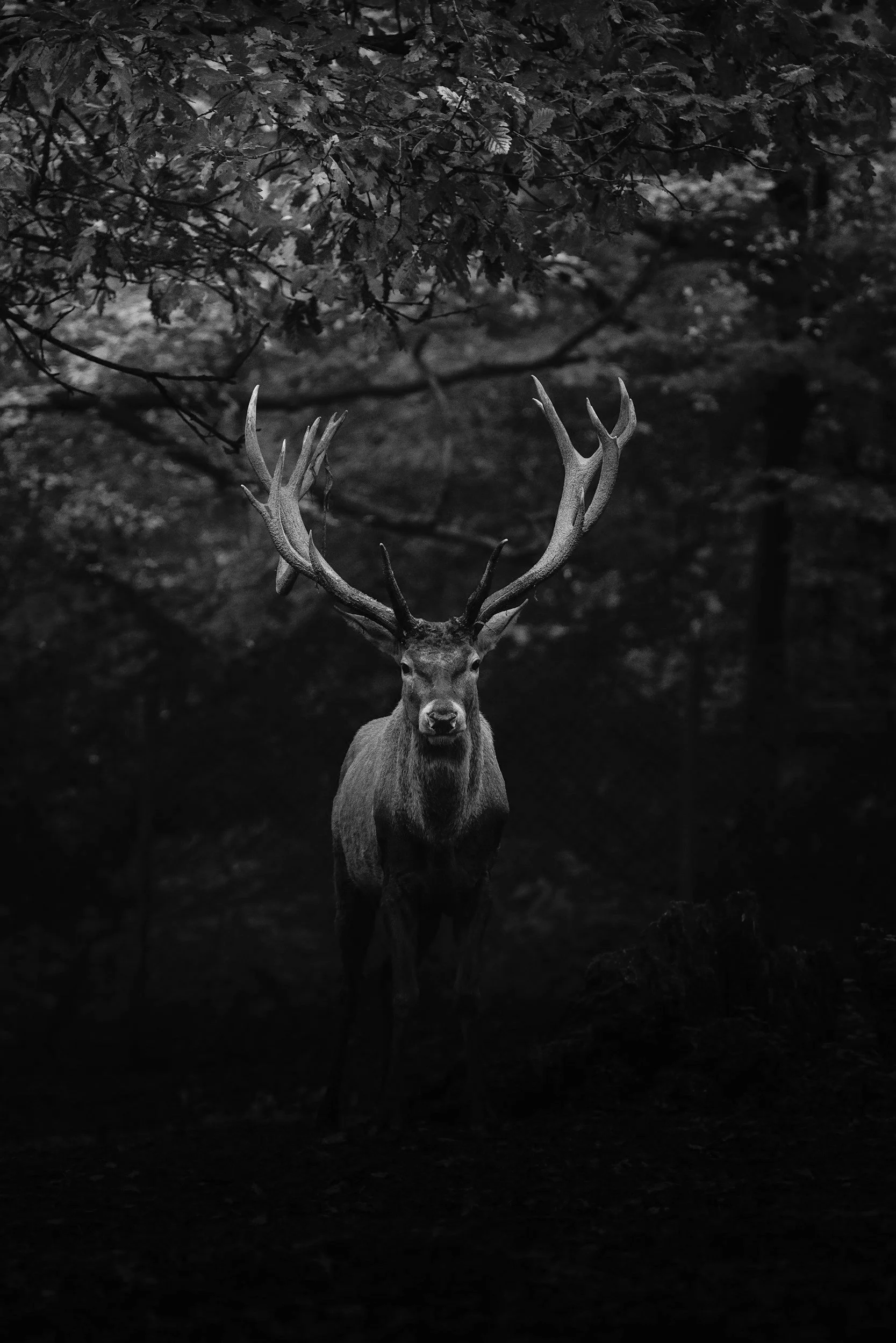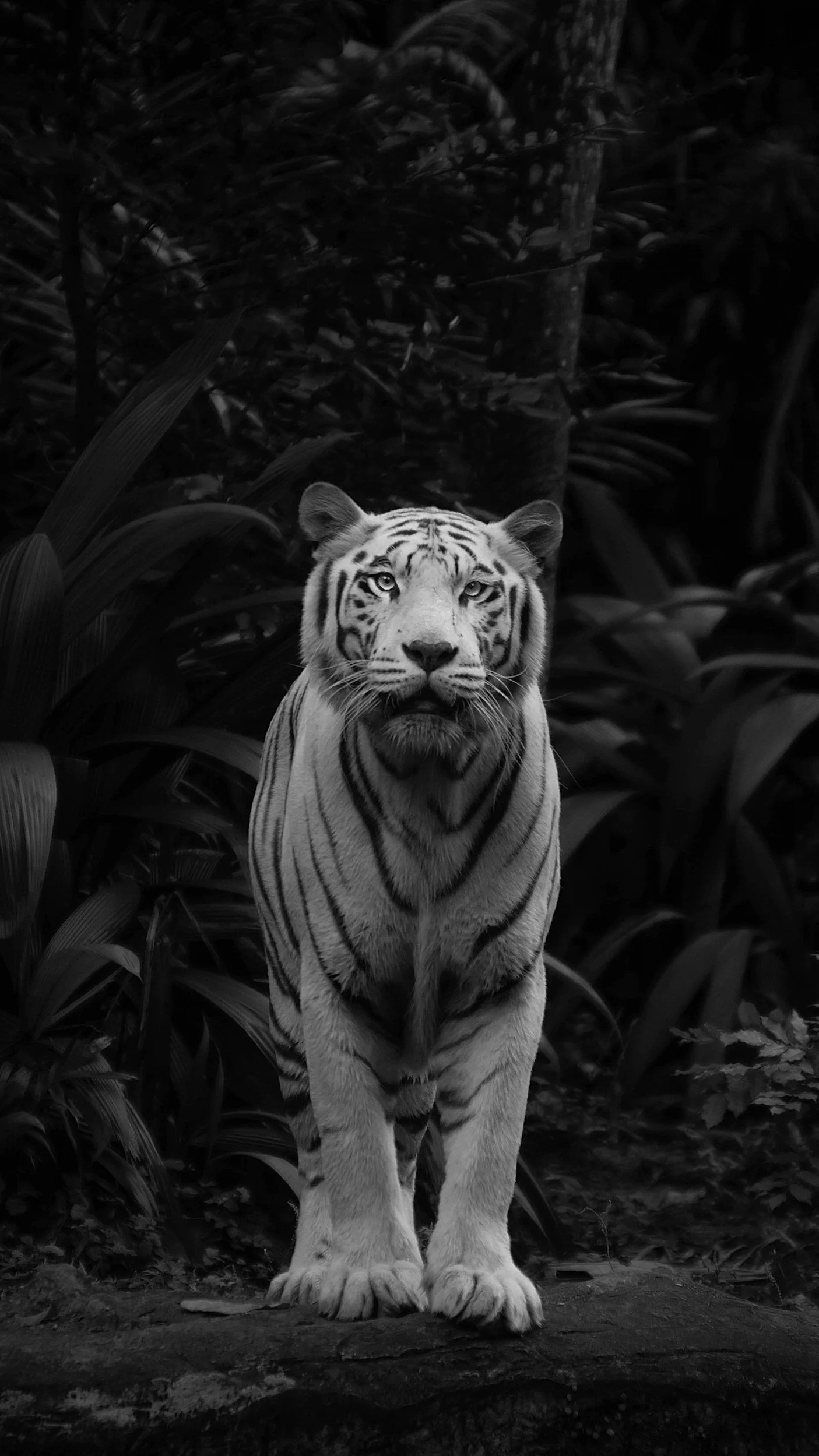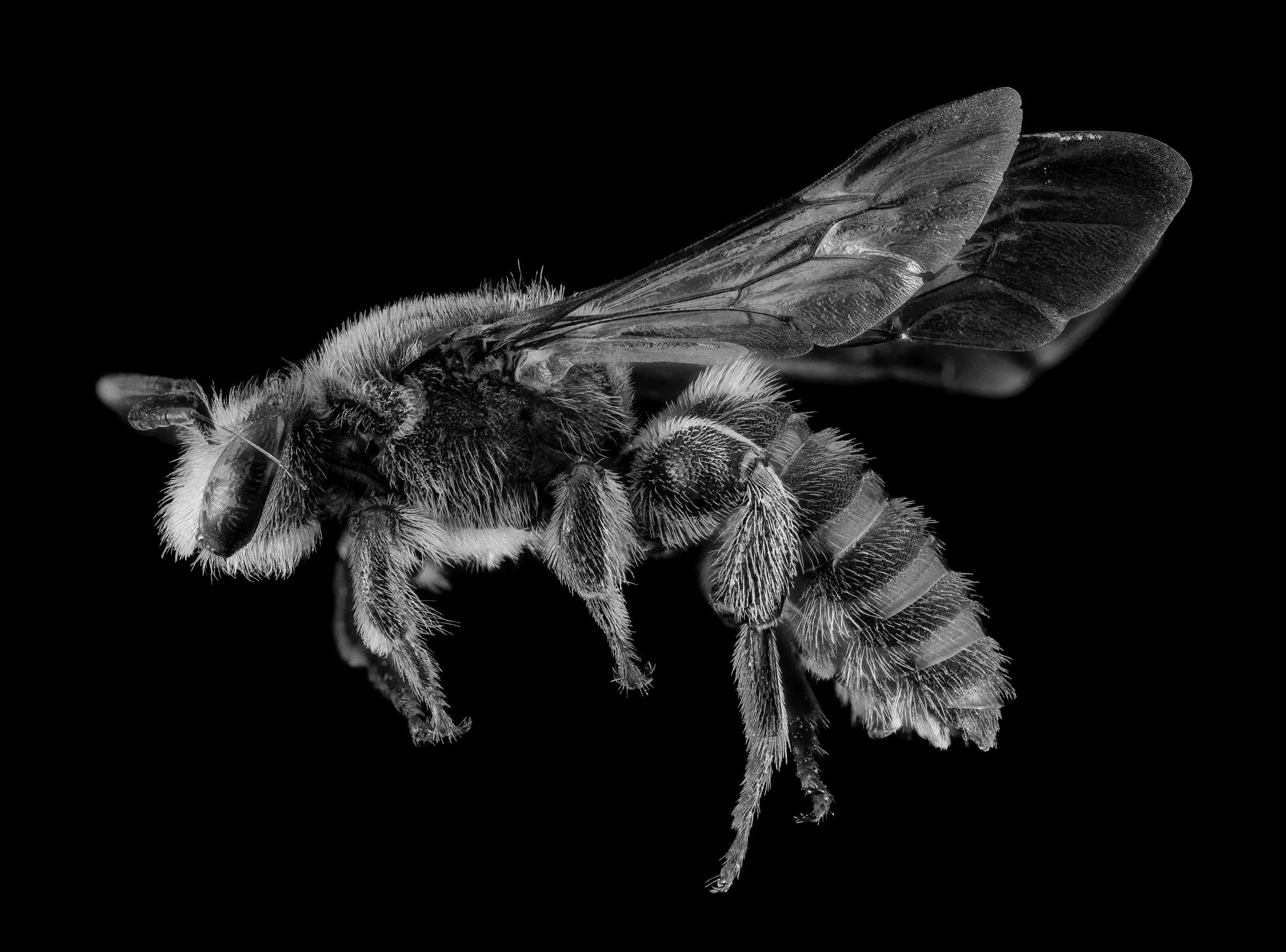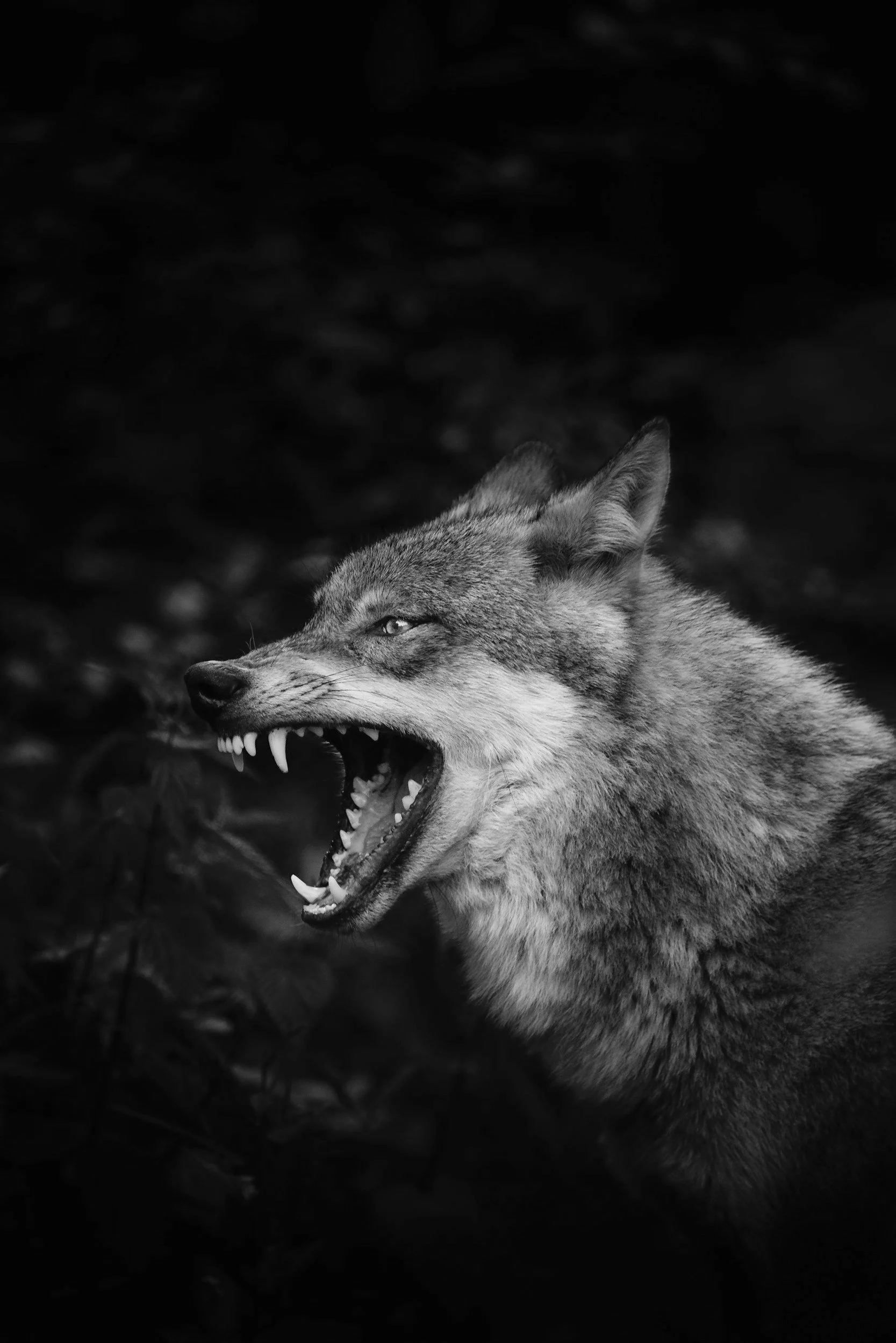
Homeostasis
Homeostasis
Dive into the intricate world of animal physiology where regulatory mechanisms and conformist responses work hand in hand to maintain a balanced internal environment. Discover how these dynamic processes orchestrate homeostasis, ensuring stability and adaptability in the face of ever-changing external conditions.
Join our list
Receive up-to-date emails with important information regarding regulation and conformity in animals’ cells.
conformity
One of the two methods observed in animal cells is conformity. This stabilization method occurs when changes to the internal environment are made on the basis that the conditions in the external environment change as well.
This method is subject to change in external conditions, making it hard to function when the environment changes. But on the flip side, it is energetically cheap to be a conformer.
Examples of conformers:
reptiles, amphibians, fish, invertebrates
note: animals pictured are not necessarily examples.
Regulation
The other method of stabilization observed in animal cells is regulation. Regulation is when an animal’s internal state is held constant, regardless of what occurs in the surrounding environment.
This process is rather energetically costly in comparison to conformity, but leads to high functionality in the face of external change.
Examples of REGULATORS:
humans, dogs, birds,
freshwater fish
COMMON QUESTIONS- Q&A
-
Animals regulate or conform based on their evolutionary adaptations. Animals in unpredictable or extreme climates often evolve regulatory mechanisms to maintain stability, ensuring their survival despite fluctuations. Species in stable environments may evolve conformity as an energy-efficient strategy, reducing metabolic costs while still thriving in their specific niches. Natural selection favors whichever strategy maximizes survival and reproduction in a given habitat.
-
Yes, some animals regulate certain physiological factors while conforming to others. For example, salmon regulate their internal salt balance (osmoregulation) as they move between freshwater and saltwater. But, they also conform to external temperatures by adjusting their metabolism based on water temperature. This mixed strategy allows them to survive in diverse environments while optimizing energy use.
-
Conformers use behavioral and physiological adaptations like burrowing, migration, dormancy, or biochemical changes to survive extreme environmental changes. For example, amphibians burrow to avoid extreme temperatures, and some fish adjust enzyme function to cope with temperature shifts.
-
Ectotherms (e.g., reptiles, amphibians) are typically conformers for body temperature, relying on external sources for heat. Endotherms (e.g., mammals, birds) are regulators, maintaining a stable internal temperature through metabolic processes. However, some ectotherms exhibit partial regulation in certain conditions.





